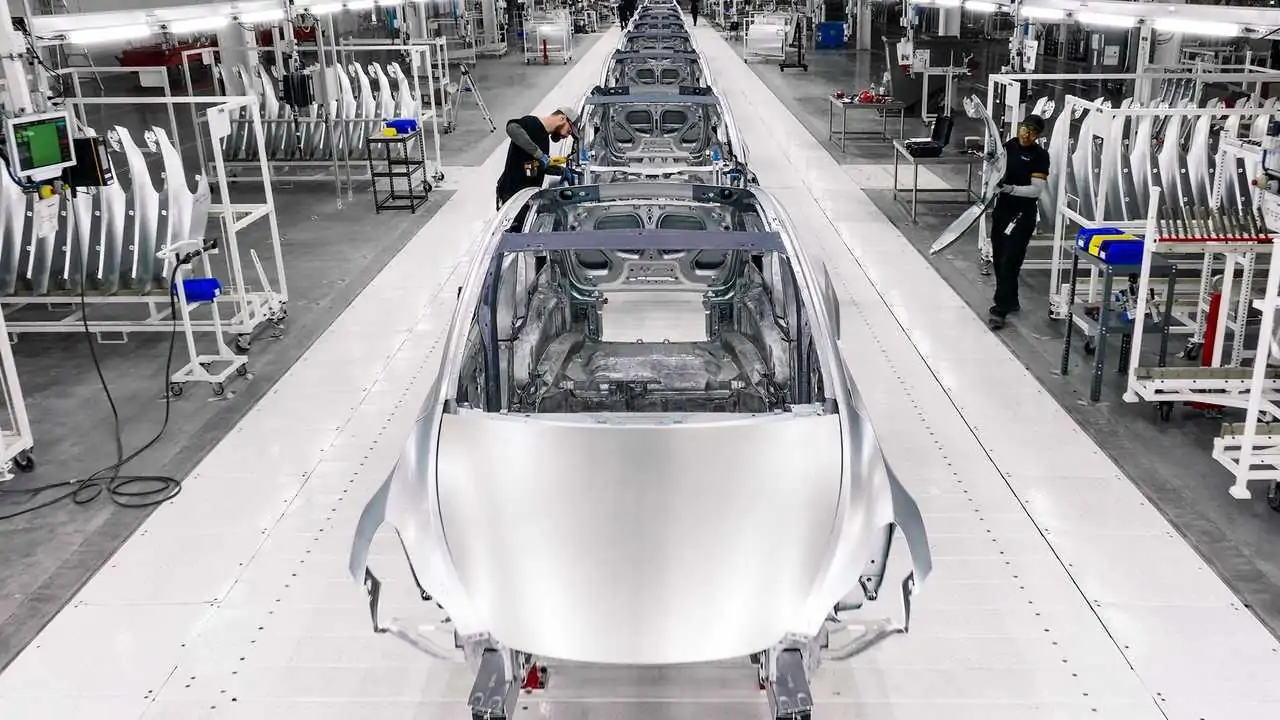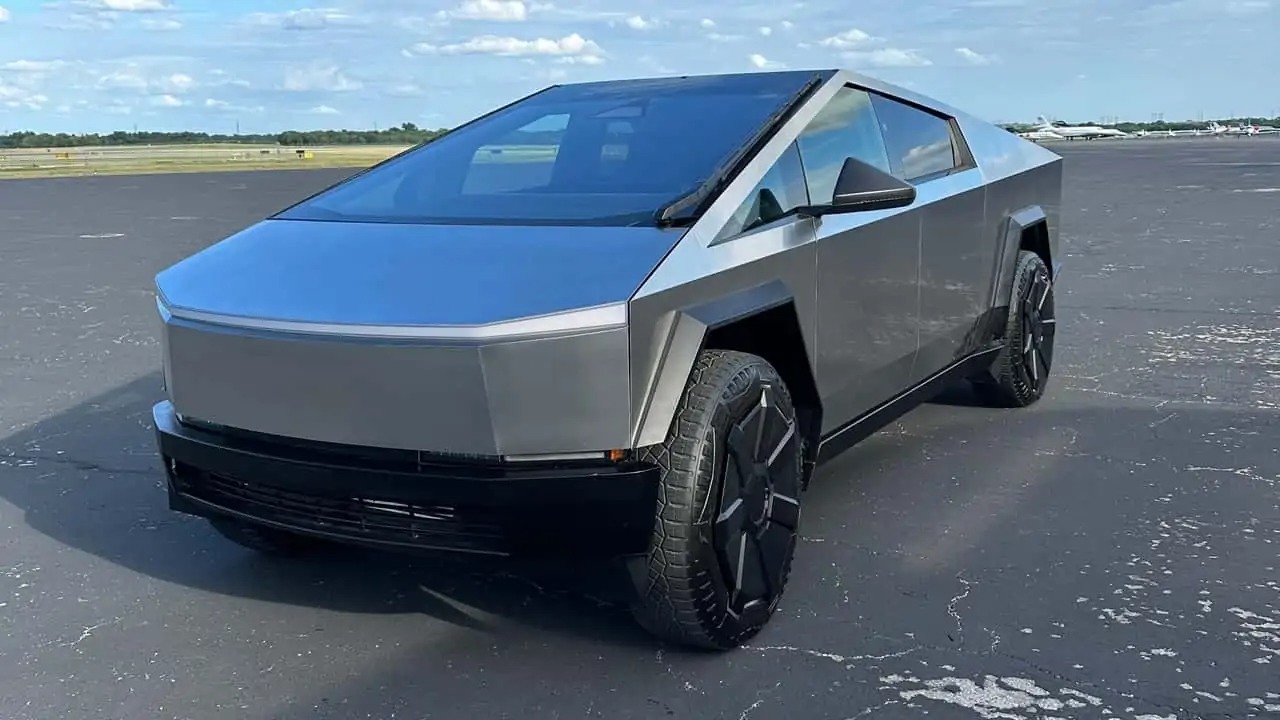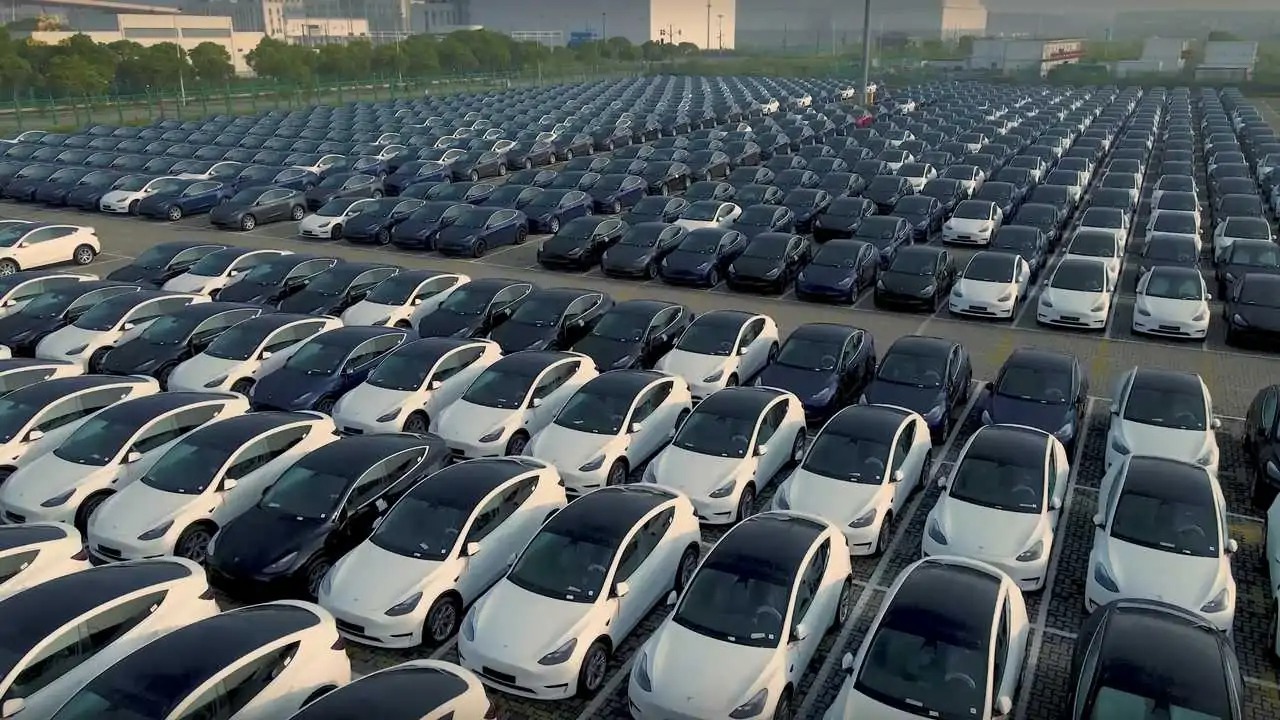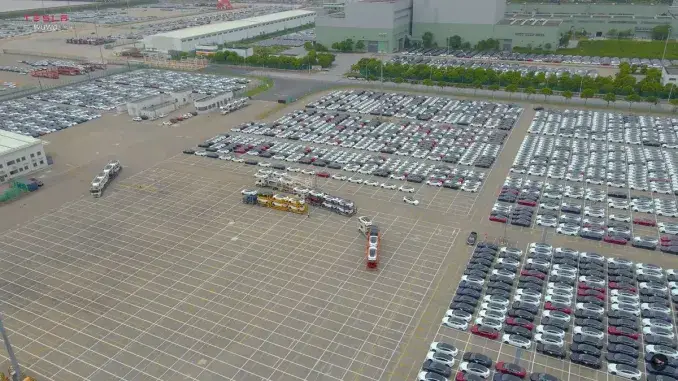Tesla has introduced the third iteration of its Powerwall home energy storage system. This latest version, known as the Powerwall 3, boasts a range of improvements and a notable feature: flood resistance.
While the Powerwall 3 maintains the same energy capacity as its predecessor, the Powerwall 2, at 13.5 kilowatt-hours, it significantly raises the bar in terms of continuous power output. With an impressive 11.5 kilowatts of continuous power for both on-grid and backup use, the Powerwall 3 surpasses the Powerwall 2 (with an inverter) in this regard.
What sets the Powerwall 3 apart is its flood resistance capability, which can withstand water levels of over 2 feet. This represents a noteworthy upgrade compared to the “Water and dust resistance” of the Powerwall 2 and Powerwall+. Tesla highlights that the Powerwall 3 can deliver more power from a single unit and is designed to be easily expandable, with a potential capacity of up to 40.5 kWh per unit.
Another notable improvement is the integrated solar inverter, which can accommodate six solar inputs, a step up from the four inputs in the Powerwall+. This system maintains a solar-to-grid efficiency of 97.5 percent and retains its 10-year warranty.
In terms of physical attributes, the Powerwall 3 is lighter than its predecessors, weighing in at 287 pounds, compared to the Powerwall 2’s 251.3 pounds and the Powerwall+’s 343.9 pounds. This represents a 16.5 percent reduction in weight, raising questions about the type of battery technology employed.
Importantly, the Powerwall 3 is not directly compatible with previous models, such as the Powerwall 2 or Powerwall+. Tesla clarifies, “Powerwall 3 can be added to other Powerwall 3 batteries and cannot be added to Powerwall 2 or Powerwall+ batteries. Powerwall 3 is not compatible with other solar inverters.”
Tesla anticipates that customers will be able to acquire the Powerwall 3 starting in 2024. Although orders are not currently being accepted, interested parties have the option to sign up for updates. It remains to be seen whether Tesla’s latest offering will enhance margins and possibly lead to price reductions in the future.







